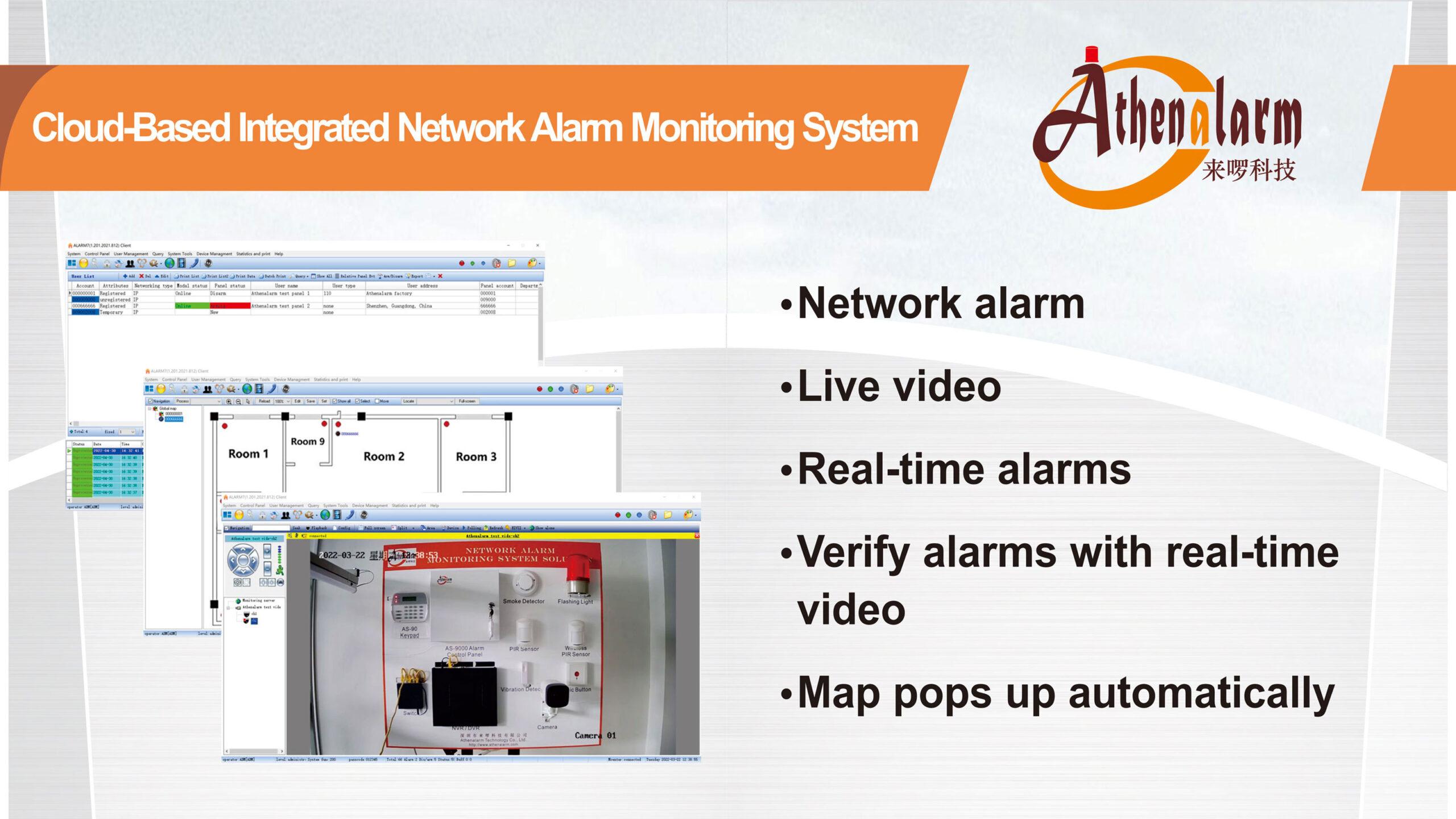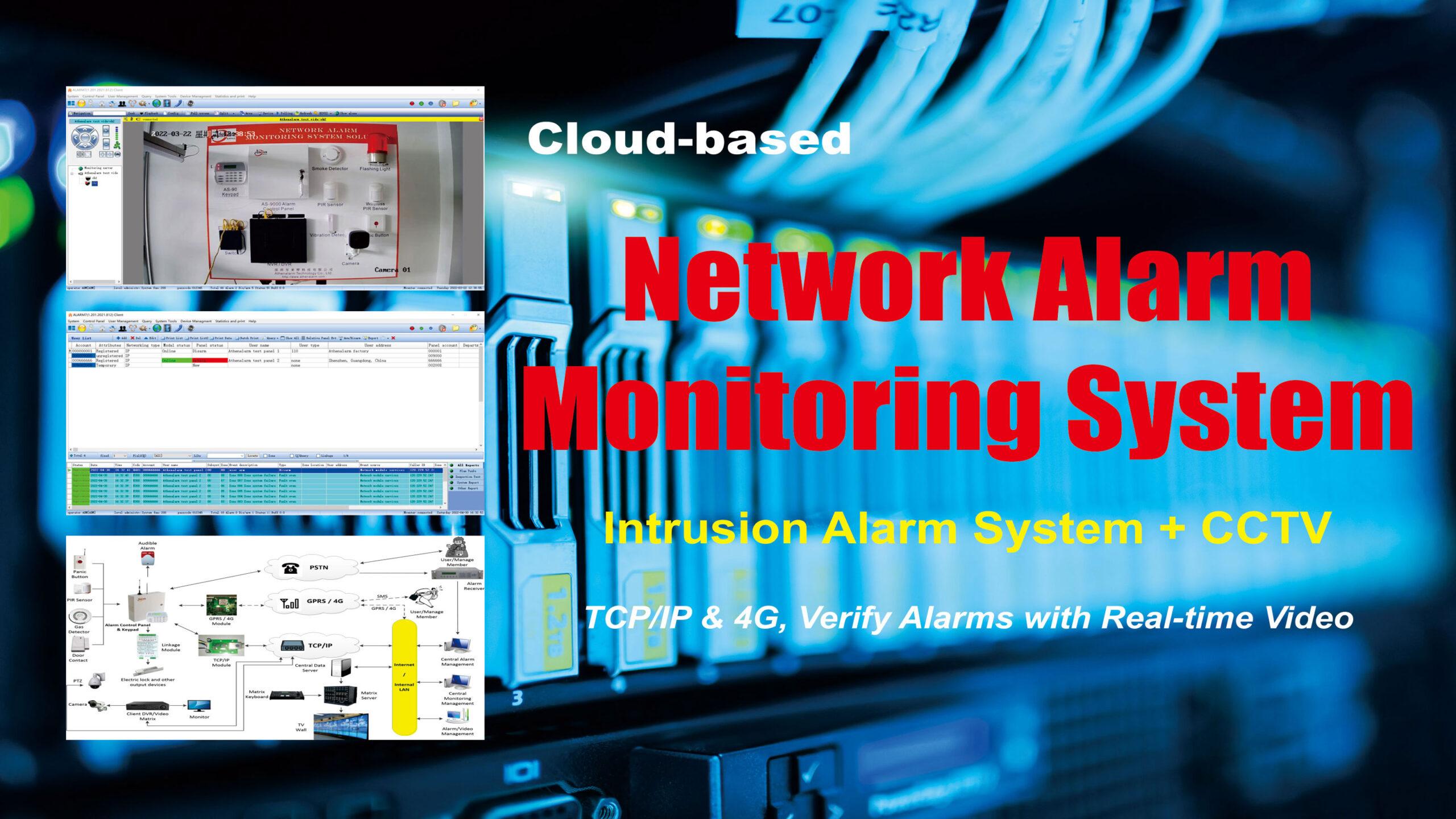



The Development of Intrusion Alarm Control Panel

Development trend of bus intrusion alarm control panel technology
In the intrusion alarm system, the bus intrusion alarm control panel, as an important part of the intelligent intrusion alarm system, is the “brain” and “heart” of the system. It is an important task to transmit the alarm information to the alarm receiving center accurately and quickly. Therefore, the networking between the bus intrusion alarm control panel and the alarm center is related to whether the alarm signal can be sent to the alarm center in a timely and accurate manner.
At present, alarm networking mainly adopts wire networking and bus system networking. However, according to the analysis of future development trends by industry insiders, with the promotion of digital and networked products, broadband alarm will become a promising technology in the future.
Wired network alarm and bus alarm
Wired network alarm uses the local telephone network as the transmission network, which is a networking method with relatively mature technology and relatively stable system operation. It does not need to be wired with the management center, so it is suitable for any architectural form. At present, most foreign countries adopt this networking method, and foreign equipment such as ADEMCO, C&K, FBI, DSC and other bus intrusion alarm control panels all have the function of wired networking. However, the current application of the wired network alarm method in China is mainly limited to banks, public security departments and other places.
The development of wired network alarm in China has been hindered to some extent, mainly due to the consideration of the following factors:
- The lines are easily damaged, posing potential safety hazards.
- The capacity of the system is relatively small, so it is not suitable for network alarms in large residential areas.
- The wired network intrusion alarm control panel needs to pay for every communication with the alarm center, and its network operation cost is relatively high.
However, the bus alarm method is currently widely used in large and medium-sized communities in China. According to the manufacturer’s estimate, about 80% of the residential areas in the country adopt this network alarm method. The bus alarm is to connect the data line (such as 485 bus) passed by the bus intrusion alarm control panel in the home to the management center, which has the characteristics of short system occupation and fast communication speed. It can also be wired uniformly with other bus systems, so it is more suitable for large and medium-sized communities.
However, since all alarm signals in the system pass through the 2-core 485 communication line, it is easy to cause the bus network to be busy and blocked in practical applications. In order to ensure the correct communication of each alarm signal in the system, the bus distributor and centralized controller are used to isolate the system to solve this problem.
The integrated networked smart home and perimeter alarm system adopt the bus connection method. The whole system uses a centralized controller and a set of alarm center software. The main communication network of the system uses CAN-bus, which has fast transmission speed and long distance. The branch network uses the RS485 bus, which facilitates system construction and saves user investment, and complements the advantages and disadvantages of the CAN-bus bus and the RS485 bus. At present, this alarm system has been widely used in many residential areas and villas.
Broadband network alarm
Due to some inherent defects in bus alarm and wired network alarm, such as distance limitations, capacity limitations, speed limitations, and cost issues, people began to explore new networking methods. Many manufacturers believe that the use of broadband for alarm signal transmission will become a promising alarm technology in the future.
